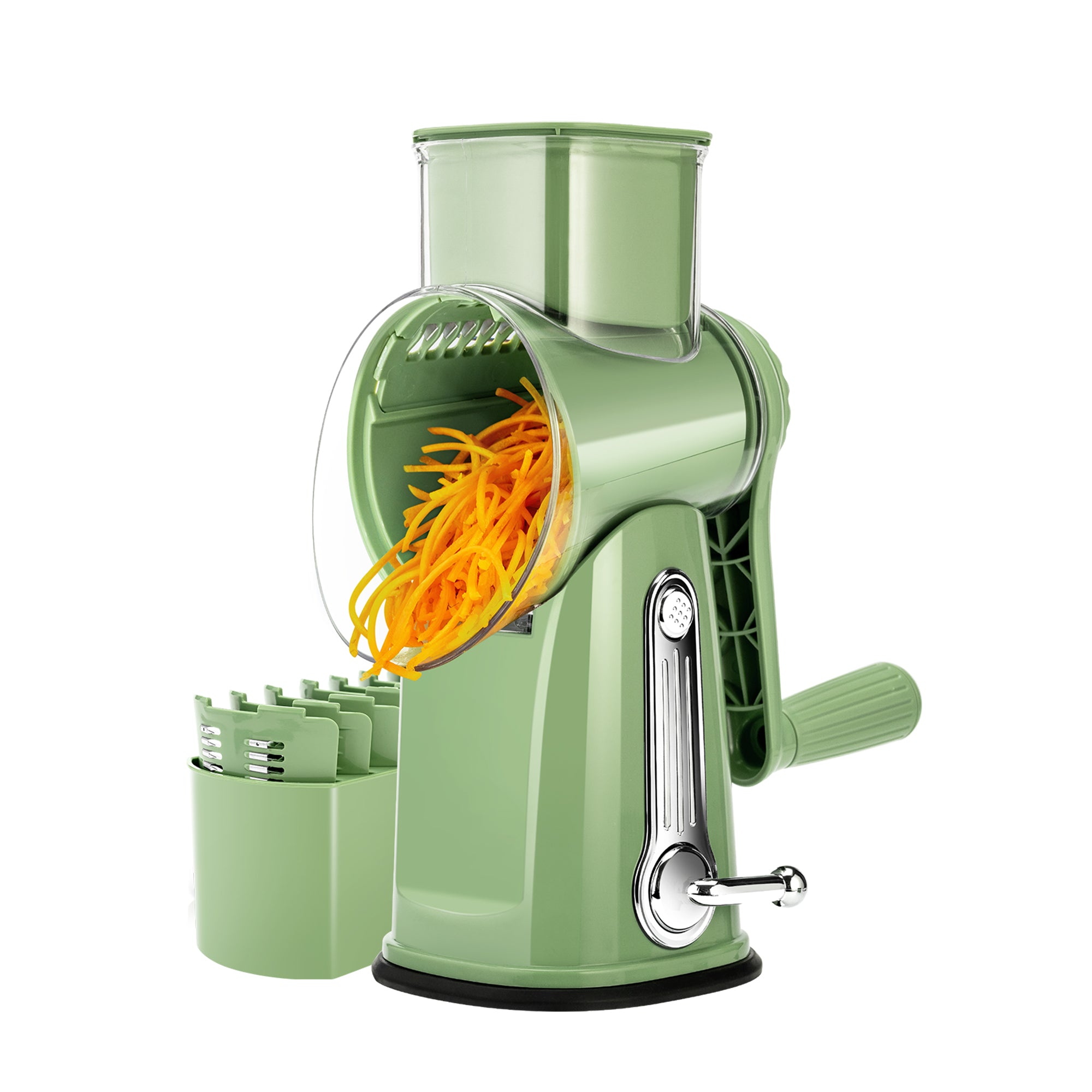As a home decor and lifestyle blogger, I am often asked about effective and eco-friendly ways to clean household appliances. Today, I want to share some valuable tips on how to clean an electric kettle using common ingredients found in your kitchen. These methods are not only budget-friendly but also safe for both you and the environment.
Method 1: Vinegar and Water Solution
Vinegar is a versatile ingredient that can be used for a variety of cleaning purposes. To clean an electric kettle, start by making a vinegar and water solution.
1. Mix equal parts white vinegar and water in a 1:1 ratio. Fill the kettle halfway with this solution and let it sit for about an hour.
2. Alternatively, bring water and vinegar to a boil, turn off the kettle, and let sit for 20 minutes.
3. Rinse with clean water several times to flush away any buildup. If there is heavy buildup, you can also use a soft sponge or cloth to wipe the inside of the kettle.
4. To ensure that any residual vinegar smell is eliminated, you may choose to fill the kettle with only water, boil and discard.
Method 2: With Lemon or Citrus Peel
Another effective way to remove mineral deposits and eliminate unpleasant odors is by boiling lemon slices or citrus peels in your kettle. The acid in lemon juice can also descale an electric kettle, and since tea and lemon pair naturally you won't have to worry about any unappetizing lingering tastes. Alternatively, you can use citric acid powder, which dissolves in water and then breaks down gunk in the same way as lemon juice. Citric acid powder is often sold alongside spices in grocery stores and is used in canning and preserving. It's also a natural preservative listed on plenty of food labels.
1. Fill the kettle with water, add a few lemon slices or citrus peels, and bring it to a boil. Allow the mixture to simmer for around 15 minutes before emptying the kettle.
2. Combine 1 tablespoon of lemon juice or 1 tablespoon of citric acid with enough water to cover the bottom of your kettle.Bring the liquid to a boil, turn off the kettle and let it sit for about 20 minutes. Dump out the mixture and rinse the kettle thoroughly with fresh water.
Method 3: Baking Soda and Water Paste
Baking soda is a tried-and-true natural cleaner with excellent deodorizing properties and works well at removing light deposits from the bottom of your electric kettle.
1. To make a cleaning paste, mix baking soda with a small amount of water until it forms a thick consistency. Apply the paste to the interior of the kettle and let it sit for approximately 15-20 minutes. Use a soft brush or sponge to scrub away stains and mineral deposits. Rinse thoroughly with water afterward.
2. Scoop 1 to 2 teaspoons of baking soda into the kettle, then add water to at least the halfway mark. Boil, turn the kettle off and let the mixture sit for 20 minutes. Rinse the kettle with water and wipe the bottom with a sponge or soft cloth. Rinse again to be sure you're rid of all traces of baking soda.
Method 4: Salt and Vinegar Scrub:
For stubborn stains and mineral buildup, a salt and vinegar scrub can work wonders. Mix equal parts of coarse salt and vinegar to create a thick paste. Apply the paste to the affected areas and gently scrub using a soft brush or sponge. The abrasive properties of salt combined with the cleaning power of vinegar will help remove tough stains effectively.
Regular Maintenance:
To keep your electric kettle in good condition, it's important to perform regular maintenance. After each use, rinse the kettle with warm water to remove any residue. Additionally, descale your kettle every few months using one of the methods mentioned above, depending on the level of buildup.
Conclusion:
Cleaning your electric kettle using household ingredients is a simple and effective way to maintain its performance and prolong its lifespan. By utilizing vinegar, lemon, baking soda, salt, and regular maintenance, you can ensure a clean and odor-free kettle for your daily use. Remember, these methods are not only environmentally friendly but also cost-effective, making them the perfect solution for a sparkling clean kettle.
Tips for Cleaning the Inside of an Electric Kettle
How to Clean the Outside of Your Electric Kettle?
Why choose an electric kettle over a traditional stovetop kettle?






